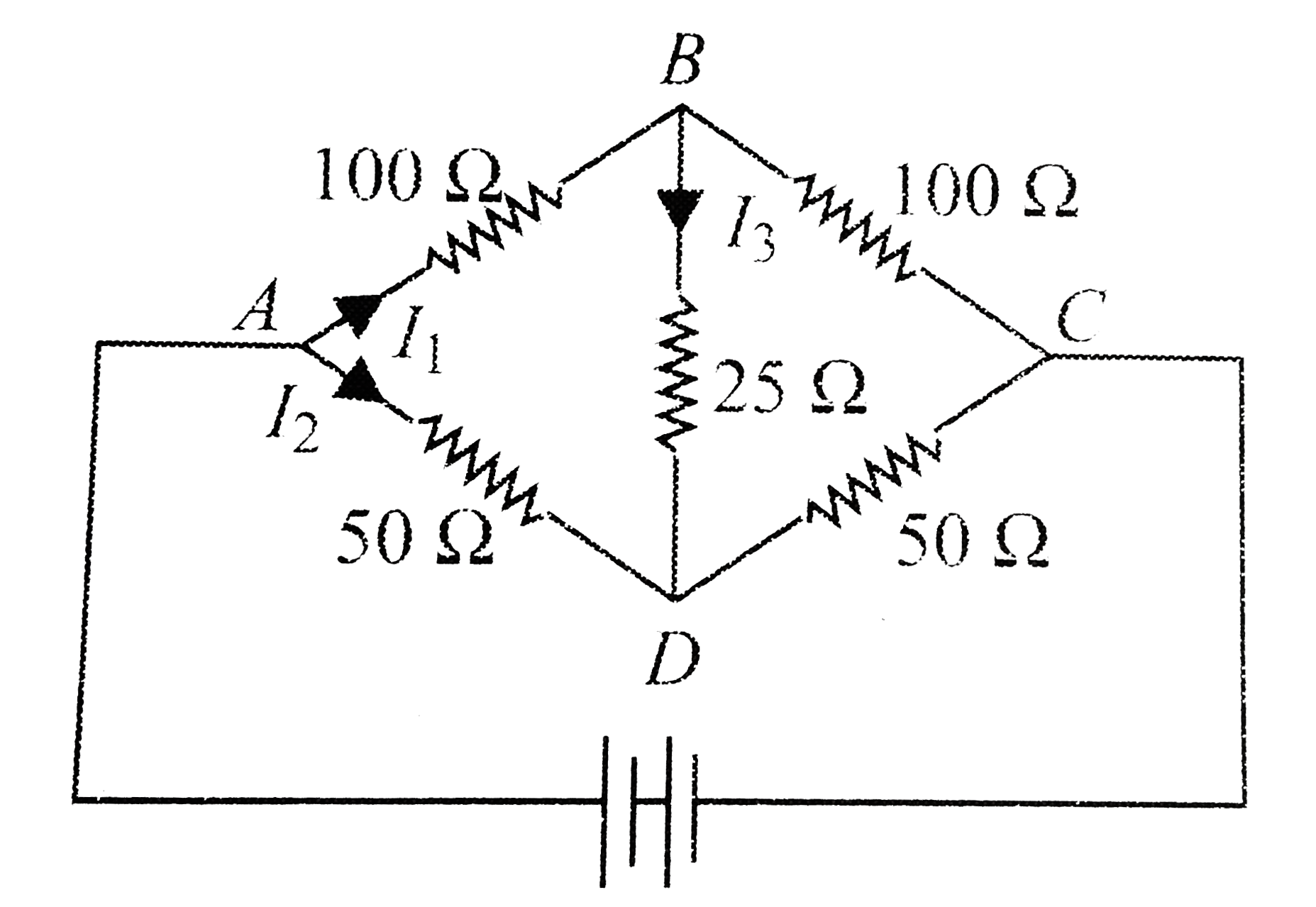The following diagram shows exchange of gases between alveolus and body tissue with direct ion of flow of blood incdicated 
which option correctly indicates the normal pCO2level (in mm Hg) in 1,2 and 3 in order
104,95,45
40,40,45
40,45,45
40,40,95
The correct Answer is:B
Step by step video & image solution for The following diagram shows exchange of gases between alveolus and body tissue with direct ion of flow of blood incdicated which option correctly indicates the normal pCO_(2)level (in mm Hg) in 1,2 and 3 in order by Biology experts to help you in doubts & scoring excellent marks in Class 12 exams.
Updated on:21/07/2023Topper's Solved these Questions
Similar Questions

The diagram below shows an instantaneous position of a string as a transverse progressive wave travels along it from left to right Which one of the following correctly shows the direction of the velocity of the points 1,2 and 3 on the string?
View SolutionIn the following diagram an arrow shows the motion of the coil towards the bar magnet.
(1) State in which direction the current flows, A to B or B to A ?
(2) Name the law used to come to the conclusion.

View Solution
The following diagram shows the setup of an electrochemical cell in which the respective half cells contain aqueous 1.0 M solutions of the salts XCl2 and YCl3. Given that
3X(s)+2Y3+(aq)→3X2+(aq)+2Y(s)EcellL<0 Which of the following statements is correct?
View SolutionOxygen is of vital importance for all of us . Oxygen enters the body via the lungs and is transported to the tissues in our body by blood . There it can deliver energy by the oxidation of sugars.
C6H12O6+6O2→6CO2+6H2O
This reaction releases 400 KJ of energy per mole of oxygen O2 uptake by blood is at four heme (Hm) group in this protein hemoglobin (Hb).
Free Hm consists of an Fe2+ giving HmO2 complex. Carbon monoxides can be complexed similarily giving a Hm CO complex . CO is poison as it bonds more strongly to Hm than O2 does. The equilibrium constant Kf for the reaction:
Hm+CO⇔HCO ........(i)
is 1000 times larger than the equilibrium constant K2 for the reaction:
Hm+CO2⇔HmO2 ........(ii)
Each Hb molecules can take up four molecules of O2 absorbs a fraction of this amount, depending on the oxygen pressure , as shown in figure1 (curve 1) . Also shown are the curve (2) and (3) for blood with two kinds of dificient Hb . These occur in patients with certain hereditary diseases.

Relevant data , O2 pressure in lungs is 15 KPa , in the muscles it is 2KPa . The maximum flow of blood through heart and lungs is 4×10−4m−3s−1 . The red cells in blood occupy 40% of the volume, inside the cells the concentration of Hb has a molar mass of 64 kg mol−1 R=8.314 Jmol−1K−1 , T=298k . Using the relation between K and the standard Gibbs energy ΔG∘ for a reaction, calculated the difference between the ΔG∘ values for the home reactions (i) and (ii).
View SolutionThe following diagram indicates the energy levels of a certain atom when the system moves from 4E level to E. A photon of wavelength λ1 is emitted. The wavelength of photon produced during its transition from 73E level to E is λ2. the ratio λ1λ2 will be

View SolutionThe following diagram indicates the energy levels of a certain atom when the system moves from 4E level to E. A photon of wavelength λ1 is emitted. The wavelength of photon produced during its transition from 73E level to E is λ2. the ratio λ1λ2 will be

View SolutionRay diagram for two lenses kept at some distance given in the diagram, which of the following option is correct (f1,f2 = focal length, d = distance between lenses)

View SolutionThe human ciculatory system can be thought of as a closed system of interconnecting pipes through which fluid is continuously circulated by two pumps the two pumps the right and left verticles of the heart, work as simple two-stroke force pumps. The muscles of the heart regulate the force by contracting and relaxing. the contraction (systole) lasts about 0.2s and a complete systole/diastole (contraction/relaxation) cycle lasts about 0.8s. For flood pressures and speeds in the normal range. the volume flow rate of blood through a blood vessel is directly proportional tot he pressure difference over a length of the vessel and to the fourth power of the radius of the vessel. The total mechanical energy per unit volume of blood just as it leaves the heart is E/V=ρgh+P+ρv2
Q. The blood pressure in a capillary bed is essentially zero, allowing blood to flow extremely slowly through the tissues in order to maximize exhange of gases nutrients and waste products what is the work on 200cm3 of blood against gravity to bring it to the capillaries to the brain 50 cm above the heart?
View SolutionShows a Wheatstone bridge circuit. Which of the following correctly showsk the currents I1,I2andI3 in the decreasing order of magnitude?

View SolutionRead the following statements and choose the correct option
Statement 1 : Atria receive blood from all parts of the body which subsequenctly flows to ventricles
Statement 2 : Action potential generated at sino-atrial node passes from atria to ventricles.
View Solution
